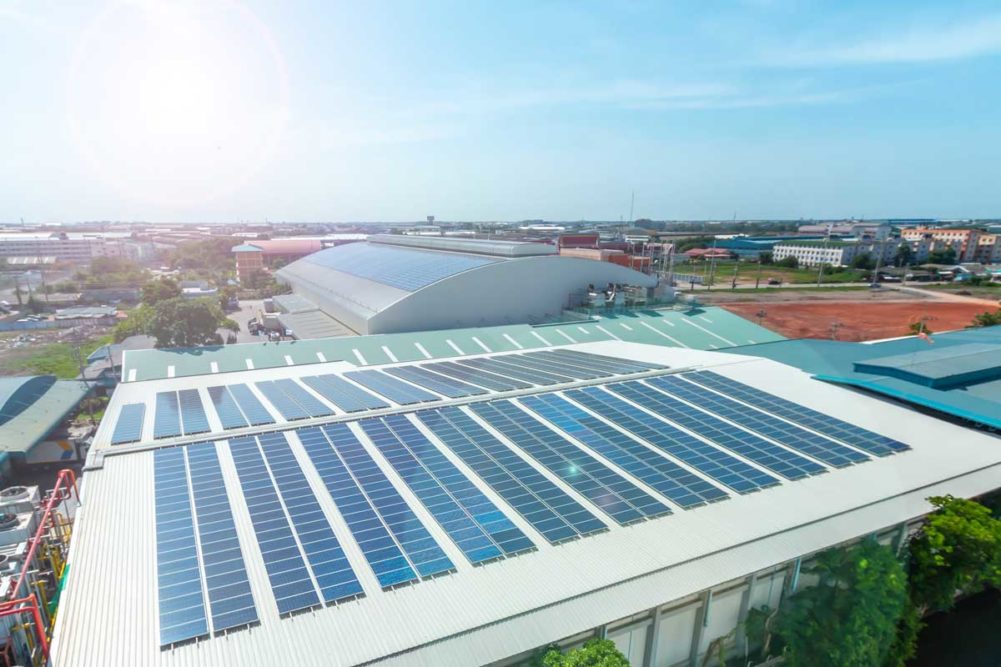For bakeries seeking to improve their reputation when it comes to sustainability and green initiatives, a facility’s age does play a role. In some instances, it’s easier and possible more cost effective for new bakeries to achieve Leadership in Energy and Environmental Design (LEED) certification than retrofitting older bakeries.
Take, for example, two of the newest bakeries built by Horsham, Pa.-based Bimbo Bakeries USA (BBU). Its Breinigsville, Pa., and Rockwall, Texas, are LEED Gold and Silver certified buildings.
That’s because during construction, the company smartly invested in heat recovery systems, instead of traditional boilers, which provided a huge amount of energy savings. Some key sustainability features also included day-harvesting of light, energy-efficient motors and other energy management systems.
Leslie Adebayo, BBU’s corporate sustainability manager, noted that designing the bakeries to be energy efficient from the start will pay off big dividends in the long run.
“Those heat recovery systems allowed us to turn the bakeries basically into one giant heat distribution area where we take the heat from the ovens and oxidizers and move it to produce steam for proof boxes,” he said. “That process eliminates the need for natural gas boilers to produce steam. If you walk into those bakeries, they don’t have a single boiler in the building. That amounts to huge savings in energy.”
BBU has explored retrofitting older bakeries with heat recovery and other systems, but Mr. Adebayo said it’s often more costly than designing a bakery from scratch.
[Related reading: Bakeries prove their ‘star’ power in a challenging year]
Meanwhile, White Castle, which operates two wholesale bakeries in Ohio and Indiana that produce its signature slider buns, calls its sustainability program “Naturally Focused.” The overarching initiative explores sustainability and how it fits into the business philosophy of the family-owned company.
“We feel it’s about taking the long view,” said Jamie Richardson, vice-president for White Castle. “We feel we can make better decisions by not looking at what this means for the next four weeks but what it means in four years or 10 years.”
The chain received LEED Gold certification for operating systems as well as interior and exterior design elements in its new home office, which opened in 2019 in Columbus, Ohio. The building features environmentally friendly carpets, paint and ceiling tiles.
Additionally, low-energy lighting uses 52.1% less electricity while natural gas usage is 98.7% less than the old offices. Overall, he said, the building uses 19% less energy than a building of comparable size.
“Our new office has very flexible floor plans,”
Mr. Richardson said. “Everything is movable and can be taken off the walls.”
The larger, open design also provided benefits since the pandemic struck, allowing for physical distancing for people while they’re working in the office.
This article is an excerpt from the December 2020 issue of Baking & Snack. To read the entire feature on energy management, click here.






